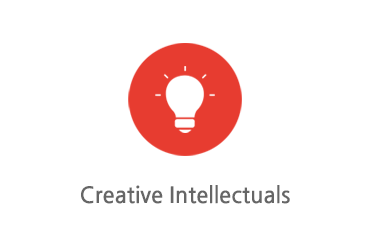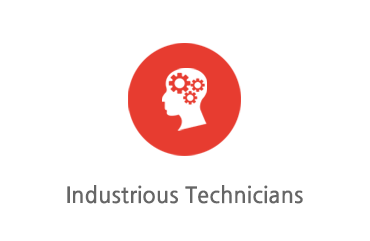ABOUT SEOUL HYUNDAI

- School Precepts
-
Our future society is an information society as well as a highly industrialized society. This means that we will not be able to gain
a competitive edge in a society unless we advance our abilities and equip ourselves with the latest and most exact information.
With a shorter life cycle of information-technology, it is even more essential for us to make efforts to search for more exact information
and develop creative thinking so that we can competent professionals fit to be any given jobs.

- Education Purpose
-
By cultivating creative thinking and practical skills,
we aim to not only achieve a state of self-realization
but also contribute to the development of
the nation and the betterment of mankind.

- Education Goal
-
Our goal is to bring up vocational ability development
specialists and practical professionals for a professional
capacity centered society by studying and researching
various technical theories and extensive application methods
and establishing multi-dimensional skills.
School Development Strategies
-
Strategy A
: Innovative Operating System and Organization for Students
-
- 1. Development and operation of a “Student Service Center”
-
2. Transparent and efficient administration services
Continuous investment of information technology database for on-line administration services
-
3. Re-establishment of a decision-making system
- We develop a route where faculty members and students can communicate with each other
-
4. Marketing Activities Increase
- We set up well-organized and more consistent marketing strategies
- We synchronize a college identity with its image : Only One College & Best College
-
Strategy B
: School operations to improve the quality of creative learning and teaching
-
- 1. School operation systematization through Instruction System Design(ISD)
-
2. Enforcement of a knowledge-based learning strategy
-
3. Change of an unilateral teaching into a more self-directed and process-based teaching method
-
4. Development of learning method tools
-
5. Scientific evaluation of the framework for improving the quality of education
-
6. Development and implementation of programs for more wholesome college culture
-
7. Field-based academic curriculum promotion
-
8. Establishment of a technical and vocational education college image
-
Strategy C
: The high-tech student training infrastructure for students’ latent talent
-
- 1. Education engineering and hardware system in each lecture laboratory
-
2. Practical equipment and lab materials
-
3. Software system in each lecture laboratory
-
4. The optimum and reasonable number of students
-
5. Expansion of multi-media teaching methods
-
6. Development of an effective student training software
-
7. Open-door Policy: we open laboratories for student clubs and their activities
-
Strategy D
: On-line Learning Center Information / The Internet environment
-
- 1. Improvement of a student web-service (integrated services) system
-
2. Regular review on a web-service system and database on various information
-
Strategy E
: Promotion of an academic-industrial partnership for professionalism
-
-
1. More Industry-college cooperation cases and promotion of a variety of businesses
-
2. Network Construction among industry and information agencies and our college
-
3. Mutual information exchanges with relevant organizations
-
4. Pursuit of the common benefit
-
5. Regular lectures on start-up businesses
-
6. School Based Enterprise Promotion
-
7. Business Start- up Center for high value-added industry
-
8. TRITAS Center; Triangle of Technology Assistance for SMEs with government-academic-industrial partnership
-
9. Effective technique infrastructure through operating an academic-industrial consortium center
-
Strategy F
: Community service through a continuous learning system
-
-
Training program in accordance with the industrial needs
1. Technology education for related businesses.
2. Reemployment and career change education.
3. A variety of workshops and short-term lectures.
4. On-line courses on new technology.
-
Community education programs to improve the quality of life
1. On-line education program through Information technology environment.
2. Information education for both junior high students and their parents
3. Support for the Internet courses
4. Foreign language education for adults
5. Teacher training program























